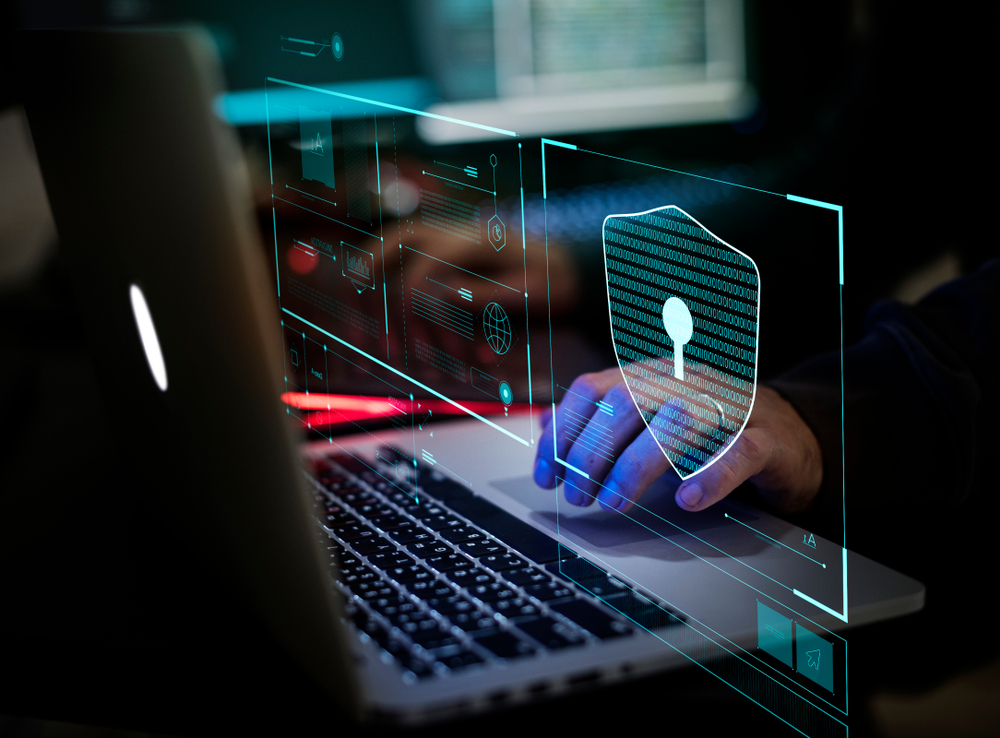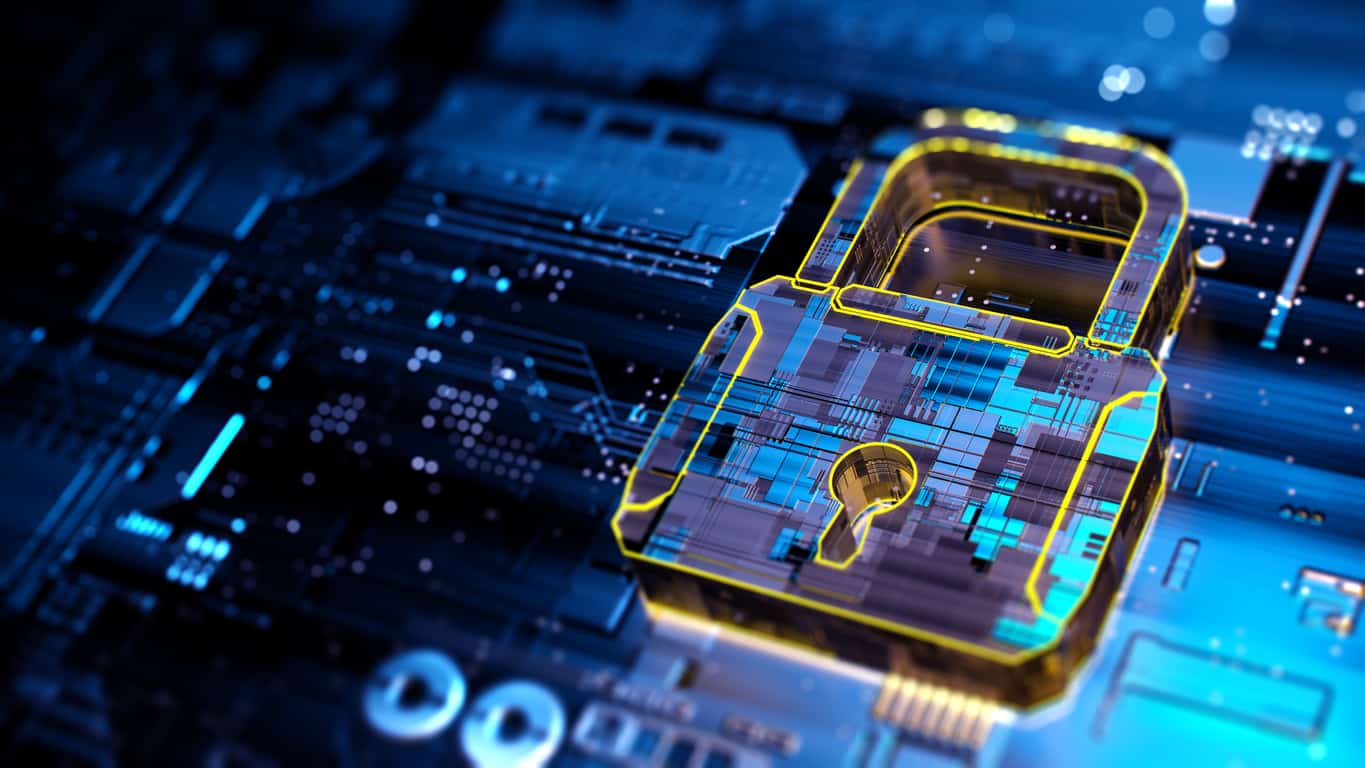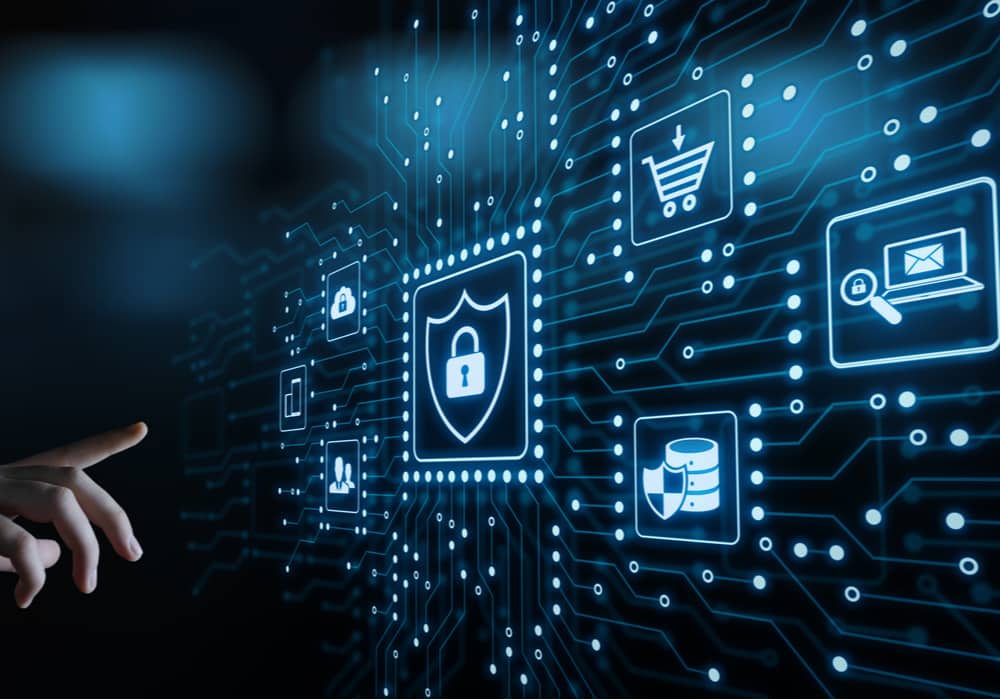Introduction
Cyber attacks are a part of our reality that concerns all the major stakeholders and players across industries. A recent report unveiled that there has been a significant rise in the number of cloud-based cyber breaches rising 630% between the first quarter of 2020. This can be pointed to the increase in cloud-based collaboration tools used by organizations to facilitate work from home. Here in this article, we can understand some of the benefits of cybersecurity.
Cybersecurity sensitization is at large, which has adopted a healthy ecosystem and practices that can potentially shield an organization from an anticipated cyber attack. This culture has permeated across the industry, treating each individual as key security asset for a holistic change to combat cyberspace hostility. Also, check out this cybersecurity course and understand these concepts in a better way.
The Need for Cybersecurity
The present cyberspace is intermittently connected, which leaves pockets of vulnerability leading to exploits and breaches by the deplorable. It is estimated that cybercrime damages will exceed $6 trillion by 2021. The alarm bell has been rung and every sector is intuitively investing in cybersecurity.
A successful running module for cybersecurity has layers of protection spread across programs, networks, data, and computers. If a cybersecurity module is integrated into an organization, technology, people and processes should all seamlessly complement each other to provide a unified front for effective threat management.
But cybersecurity risks aren't just restricted to large scale firms, they can be everyday consumers who can potentially fall prey to cybercrime schemes. According to a report, it only takes five minutes to hack all your connected devices.
Cyberattacks are happening every 14 seconds and you are likely to be affected by it eventually. With our reliance on cyberspace, cyberattacks are a reality just like theft or robbery. With our sensitive information and social credibility at stake, it is particularly not hyperbolic to think of cybersecurity as a part of your cyber hygiene.
Benefits of Cyber Security
List top 20 Benefits of Cyber Security
1. Prevention of data breaches and cyber-attacks
2. Improved security of sensitive and confidential data
3. Protection of critical infrastructure from cyber-attacks
4. detection and mitigation of zero-day vulnerabilities
5. Improved security of internet-connected devices
6. Enhanced protection of industrial control systems
7. Improved detection and response to sophisticated cyber threats
8. Reduced reliance on security vulnerabilities of third-party software
9. Improved ability to manage and respond to digital emergencies
10. Enhanced security of cloud-based services
11. Reduced business risk and disruption from cyber-attacks
12. Greater confidence in the security of online transactions
13. Improved security of email and other communications
14. Enhanced protection of mobile devices and BYOD policies
15. Greater visibility of cyber security risks across the enterprise
16. More effective management of cyber security incidents
17. Improved compliance with data security and privacy regulations
18. Reduced costs associated with data breaches and cyber-attacks
19. better alignment of cyber security strategies with business goals
20. improved overall cyber security posture of the organization
Some of the benefits of cybersecurity are:
The benefits of cyber security include the prevention of data breaches, the protection of data, the prevention of cyber attacks, the detection of cyber threats, and the response to cyber incidents.
Cybersecurity is in constant hurdles to combat evolving cyber threats. Although nothing indicates that cybercrimes are likely to decrease, there is a clear indication or entry points that can be an open wound for hackers to attack.
Given the circumstantial inference, Cybersecurity is critical to sectors across industries and institutions that involve the protection of their respective cyber-IT ecosystem from threats like fraud, vandalism, exploits, and espionage. Here are some of the key benefits that a CyberSecurity framework entails:
- Protecting data and networks from any unauthorized access
- Improvement in business continuity and information security management
- Providing security consolidation to stakeholders in terms of your information security arrangements
- Enhanced security controls without compromising company credentials
- Preemptive to a potential cyberattack and recovery protocols for a quick revival
Benefits of Cyber Security Training
Some of the benefits of cyber security training are:
Cyber security training helps the employees of an organization to stay up to date about the latest cyber threats and how to mitigate them. Also, it helps them to follow the latest best practices for data security.
Cyber security training helps the employees of an organization to stay up to date about the latest cyber threats and how to mitigate them. Also, it helps them to follow the latest best practices for data security.
Cyber security training helps to create a culture of security in an organization. It also helps to build a skilled workforce that can identify and mitigate cyber threats.
Cyber security training helps to create a culture of security in an organization. It also helps to build a skilled workforce that can identify and mitigate cyber threats.
Cyber security training helps to improve the security posture of an organization. It also helps to reduce the chances of data breaches and other cyber security incidents.
Use of Cyber Security across Domains
There is a growing need for the use of cybersecurity across different domains, as the number and types of cyberattacks continue to increase. One example is the use of advanced authentication methods, such as two-factor authentication, to protect online accounts. This is especially important for accounts that contain sensitive information, such as financial accounts. Another example is the use of encryption to protect information that is being transmitted over the internet. This is important for ensuring that private information, such as credit card numbers, cannot be intercepted and used by criminals.
The modern architecture of cybersecurity revolves around multiple layers of defense. So, there are obstacles employed in the defence strategy to produce multiple impediments that are enough to deplete attacker resources. That creates multiple domains of cybersecurity, they are:
Security Management
This domain is almost overlooked but consists of several tasks, including risk assessment, overseeing security functions to ensure operational compliance, changing management procedures and processes, sensitizing users for awareness.
Information security management is a process that helps protect digital information by managing risks and vulnerabilities. It includes developing and implementing policies and procedures to ensure the security of information systems. The goal of information security management is to protect information from unauthorized access, use, disclosure, or destruction. Information security management includes developing and implementing policies and procedures to ensure the security of information systems. Policies and procedures should be developed to address the following:
-Access control
-Asset management
-Data classification
-Incident response
-Risk management
Identity and Access Management
IAM entails all processes, systems, and procedures used for managing authentication, assigning identities, and access controls. The identity process assigns the respective system and users with their unique names. Whereas authentication establishes a method for these users to prove their identity. IAM ensures that the right users have access to the right resources at the right time.
However, when it comes to managing access to sensitive systems and data, IAM alone is not enough. This is where Privileged Access Management (PAM) steps in. Understanding what PAM is helps to know how it secures privileged access by controlling and monitoring the actions of users with elevated permissions, like administrators or root users.
Security Engineering
- Security engineering is the process of designing, implementing, and maintaining security measures to protect information and systems. - Security engineering is a specialized field of engineering that applies the principles of computer science, systems engineering, and mathematics to design, develop, implement, and test security solutions. - Security engineering is a multidisciplinary field that includes elements of computer science, systems engineering, and mathematics.
This domain has two subset domains i.e., computer operations security and network security. Security engineering also encompasses responsibilities around the firewall, router security, intrusion detection and prevention, email filtering, vulnerability scanning, and host-based security tools like DLP, antivirus, and endpoint data loss prevention.
Business Continuity
This domain acts as a recovery centre for business operations if and when they undergo a catastrophic event like a natural disaster. The domain studies and understands the central avenues that support the organization and curates a procedure that inhabits all these critical functions for an organization to be operable with lesser data loss.
Compliance
The compliance domain centre oversees the security controls, and they comply with the organizational regulations and legislation. This domain is instrumental in understanding the nuances of these regulations such that appropriate security controls can be taken and audited accordingly. There is no one-size-fits-all answer to this question, as the level of compliance required in cybersecurity will vary depending on the specific industry and regulations that apply to a given organization. However, some general best practices for achieving compliance in cybersecurity include implementing strong security controls, maintaining comprehensive documentation, and conducting regular audits and risk assessments.
Cryptography
- Cryptography is a technique used to protect data or communication from unauthorized access. It is a mathematical science that uses mathematical algorithms to encode and decode data. Cryptography is used in a variety of applications, including email, file sharing, and secure communications. This domain is often over-analyzed and mostly pertains to its theoretical value. As of its virtual application, it can be as simple as pushing the right buttons. Cryptography is primarily used for protecting the integrity, confidentiality, and authenticity of the information concerned.
Physical Security
This domain is almost overlooked, but mostly refers to the workflow associated with physical hardware. Physical Security entails a set of protocols that exist outside cyberspace but has a direct effect on cyberspace if breached. For instance, is the facility fenced? Is the perimeter being patrolled? Are the data centres secure enough to provide authorized access only? Do they have an HVAC system installed?
Software Development Security
SDS tackles a handful of internally developed issues of a system or an application. This domain imparts security training for developers, performs code analysis, oversees the process and procedure development, and apprehends newer feature requirements of an application and its consequent effect on its security.
Security Operations
This domain is where cybersecurity tools are monitored. SOC or security operations center operates in this particular domain which also works in compliance with the other subsets. Duties of this domain include threat hunting, threat intel, incident response, and forensics.
Future of Cybersecurity
It is predicted that the number of active users on the internet will triple in 2020, reaching 6 billion. The number will exponentially rise to reach to about 7.5 billion by 2030. So, cybersecurity will be at a cusp of being mandated by default. AI, for instance, can come to fruition in the future where developers can use AI for locating vulnerabilities and security breaches. AI can potentially be used in UI to send warnings to people whenever they make poor security choices or visit risky websites.
The next thing that is quite plausible would be cyber warfare, an avenue a few nations might adopt as an alternative to traditional conflicts. This means the security infrastructure would require the mobility to respond to an immediate situation.
A study revealed computer hacks are taking place globally every 39 seconds. Cyberspace will be infested with automated scripts, which means more skilled people will be involved in cybercrimes. This will automate a massive expansion of tech workers that will be cyber enforcers who'll maintain civility and order in cyberspace.
The current projections also indicate that the global security market will be around $42 billion, by 2020. But the only problem will be a sharp decrease in the workforce with open positions unfulfilled. This will create a vacuum where either company will fixate or invest in immediate priorities or invest in cybersecurity which will be expensive as opposed to the traditional costs.
Conclusion
If cybersecurity protocols are built to seamlessly manage your data security and prioritize compliance, then your organization will have significant security advantages with higher chances to combat any potential chances of a cyber attack. But given the scenario, it is highly likely that the government will place more localized security protocols to secure their digital space and that of their consumers.






